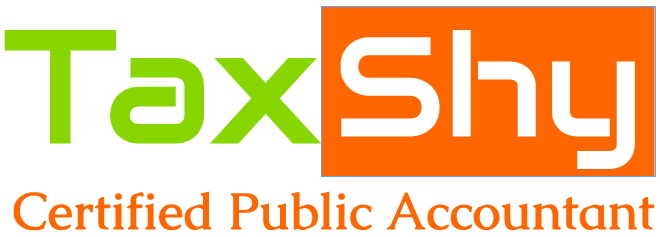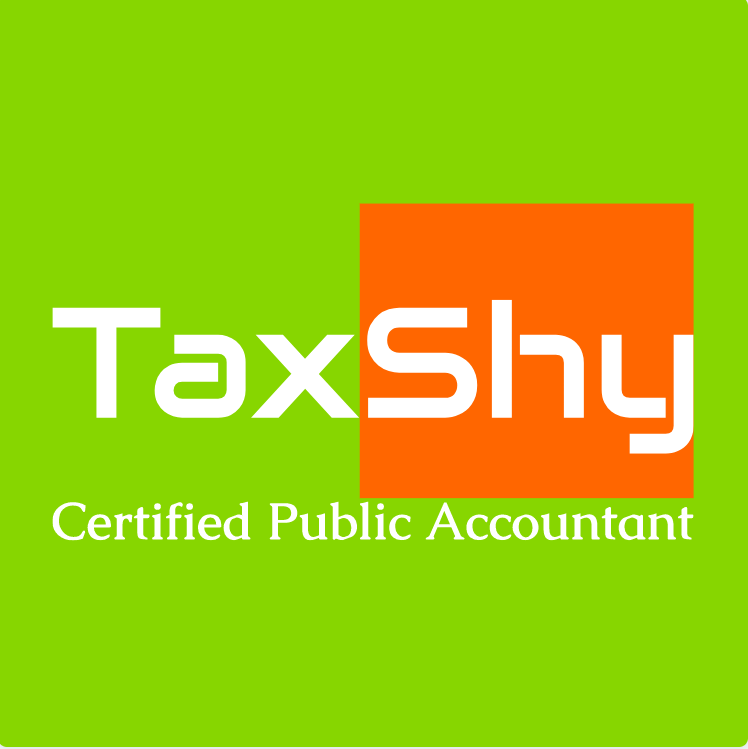Incentive stock options (ISO)
Stock options are the best form of equity compensation. It provides a right to buy a specific stock at a fixed price. A certain percentage could vest in year 1 and some in year 2 and so on. The advantage is that the fixed price is lesser than the market price.
Some important dates and terms:
- The grant date – The day the option was granted
- The vesting period – The options are exercisable after a waiting period called the “vesting period”
- The strike price/exercise price/fixed price/grant price/option price – The cost to purchase the share after the shares are vested
- The exercise date/purchase date – The date on which the option was exercised i.e. shares were purchased at the exercise price
- The selling price/market price- the price at which the shares were sold
- Selling date – the date on which the shares were sold
You can exercise your stock options as soon as they vest or you can wait. It will depend on the following:
- Your company’s plan documents
- Market price of your company stock
- Your personal financial situation
- Taxes
Tax Implications
The tax implications of exercising ISOs will vary depending on how the options are managed. So before exercising your options, it is very important to learn about tax planning strategies for incentive stock options.
The grant date: ISO is not taxable when the option is granted
The exercise date: ISO is not taxable when the option is exercised
The selling date: There are a few different tax possibilities:
You exercise the stock option (when fully vested) and
- You sell in the same year – Disqualifying sale
- You pay tax on the difference between the selling price and the grant price, at ordinary tax rates.
- The amount is reported on box 1 of the w2 as wages.
- No AMT(Alternate Minimum Tax)* adjustment needed.
- You do not sell in the same year, but thereafter – Qualifying sale
- You pay AMT tax (not regular tax) on the difference between the selling price and the grant price when you exercise. Your AMT basis will increase and the adjustment will be reported on form 6251. You will get AMT credit but that may take many years to be used.
- Subsequent sale – You treat the difference between the selling price and the grant price, as long term gain or loss subject to capital gains tax (not ordinary income tax which is higher than capital gains tax rates).
- The basis of your stock is the amount you paid for the stock.
- In case your ordinary tax rate exceeds the AMT tax then you get to use the AMT credit.
Form 3921 reports the important dates and value needed to determine the correct amount of capital and ordinary income
Planning tip
Your employer is not required to withhold income tax when you exercise an Incentive Stock Option since there is no tax due (under the regular tax system) until you sell the stock. Although no tax is withheld when you exercise an ISO, tax may be due later when you sell the stock. Be sure to plan for the tax consequences when you consider the consequences of selling the stock.
Before exercising incentive stock options available to you, work with a tax professional to calculate the projected impact for AMT. Based on this information, you may not want to exercise all your options at once. Or perhaps you sell some stock during the year. The stock you sell won’t be included in the AMT calculation.
Managing stock options can be quite complex. Careful planning by tax experts is key to saving and taking advantage of these options.
*AMT – is a parallel tax for taxpayer’s whose income is over a certain threshold. It requires income tax to be computed twice. Once under the regular tax system and once under the AMT tax system and then pay the higher of the two.
Disclosure: This material has been prepared for informational purposes only. It is not intended as a substitute for personalized professional advice. You should consult your own tax advisors or contact us if you need help with implementing any ideas shared on this page.


